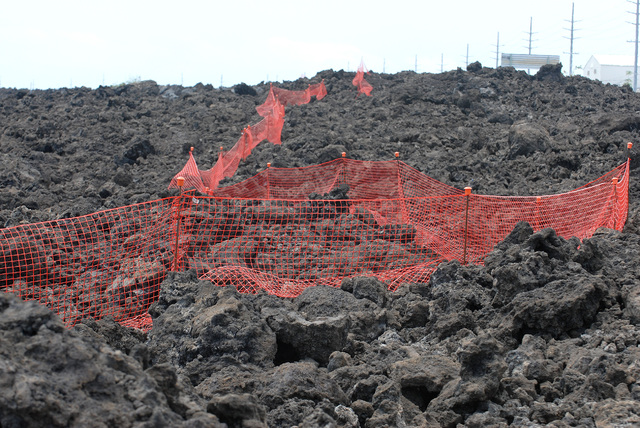It seemed like a good idea at the time. ADVERTISING It seemed like a good idea at the time. A plentiful workforce created by an economic downturn, coupled with the availability of federal money, inspired the state Department of Transportation
It seemed like a good idea at the time.
A plentiful workforce created by an economic downturn, coupled with the availability of federal money, inspired the state Department of Transportation to hire a design-build contractor and set aside funding in 2008 for the second phase of the Queen Kaahumanu Highway widening project.
Seven years later, contractors almost are ready to shovel dirt for the project estimated to cost $90 million. In the meantime, construction costs have risen an estimated 11.33 percent.
Relying on the original schedule, the Department of Water Supply floated a $3.4 million bond to pay for waterlines to be laid before the new pavement went down.
“This project is a poster child of what we’ll not do in the future,” state Highways Deputy Director Ed Sniffen told the county Water Board on Tuesday.
He said the $90 million for the project sat in accounts for five years and couldn’t be used for anything else.
Still, Sniffen added, “It did exactly what it was meant to do back then.”
Delays were unanticipated.
Several bid protests by unsuccessful contractors were followed by concerns about burials and other archaeological sites discovered on the highway expansion route, which will widen the highway from two to four lanes between Kealakehe Parkway and Kona International Airport.
The work will include traffic signals at all intersections with left turns to or from the highway, drainage, lighting, bike lanes and pedestrian crossings.
The road is being redesigned to go around the archaeological sites. An archaeological inventory survey in 2012 located 76 historic properties in the path of the project. Engineers realigned the expansion to avoid 23 of those sites.
DOT officials expect to issue a notice to proceed Sept. 1 and intend to finish the project in two years. There will be a public meeting in late August to brief people on what to expect during construction.
Sniffen, along with Goodfellow Bros. project manager Steve Bartholomew, updated the Water Board about how much extra the project is going to cost, and what the Water Department’s share will be. The final numbers remain unclear as the contractor works with subcontractors on agreements to their contracts.
“There have absolutely been cost increases for labor and materials. We’re looking to stay whole; we’re not looking for more than that,” Bartholomew said. “This whole venture is an exercise in risk-taking.”
The Water Department might get away with chipping in about $209,200 more for its 5 miles of pipeline, taking into account $50,000 in interest on the money it already paid the state. Previous estimates were topping $400,000.
That seemed to be good news for the Water Department, which relies on customer billings to balance its budget.
“Two-something sounds a bit better than four-something,” said Water Department Manager/Chief Engineer Keith Okamoto.
Construction will start with four months of grading and utility work, followed by pavement on the makai side of the highway from Hina Lani Street to the airport. Trucks will be entering and leaving the roadway, but otherwise traffic patterns and turning movements are not expected to be affected. Similar work south of Hina Lani is slated to take another five months.
“That community has waited for so long,” said Water Board member Susan Lee Loy, who said she’s hoping for no more delays.
Email Nancy Cook Lauer at ncook-lauer@westhawaiitoday.com.



